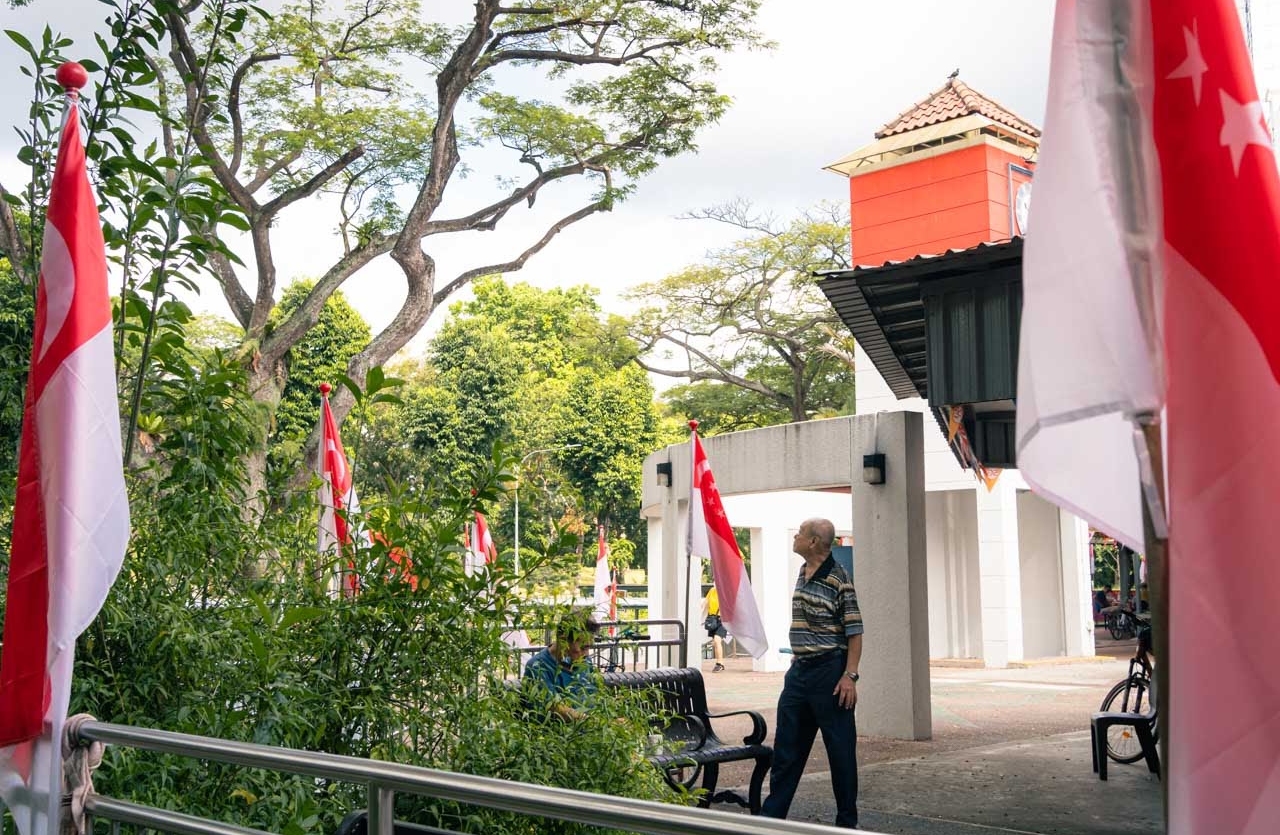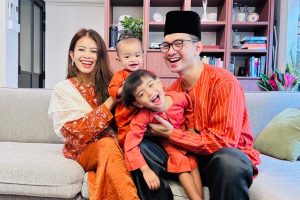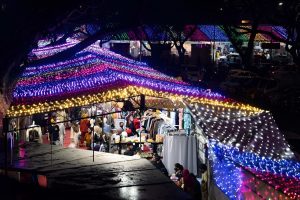Top image: Stephanie Lee / RICE File Photo
Singapore’s racial categories are like clicking an old drop-down menu: Chinese, Malay, Indian, or Other. No custom fields.
The effects of this rigid classification trickle down to nearly every facet of life here, from your ethnic identity to which HDB flats you’re allowed to buy under the Ethnic Integration Policy (EIP), and which self-help group will support you in times of need.
Thanks to our increasingly diverse population, ‘Others’ is the fastest-growing category. Everyone from Malay-Kiwis to German-Indonesians find themselves included under the ‘Others’ umbrella. Since 2011, parents of mixed kids can also opt to register them under a double-barrelled race, a sign that interracial families are becoming more normalised.
At what point, though, should we start creating more options? Or making them optional? Or shifting away from using the CMIO framework altogether?
The CMIO framework has faced intellectual criticism for years. Yet, according to a new Institute of Policy Studies (IPS) report published on February 3, most Singapore residents aren’t ready to abandon it.
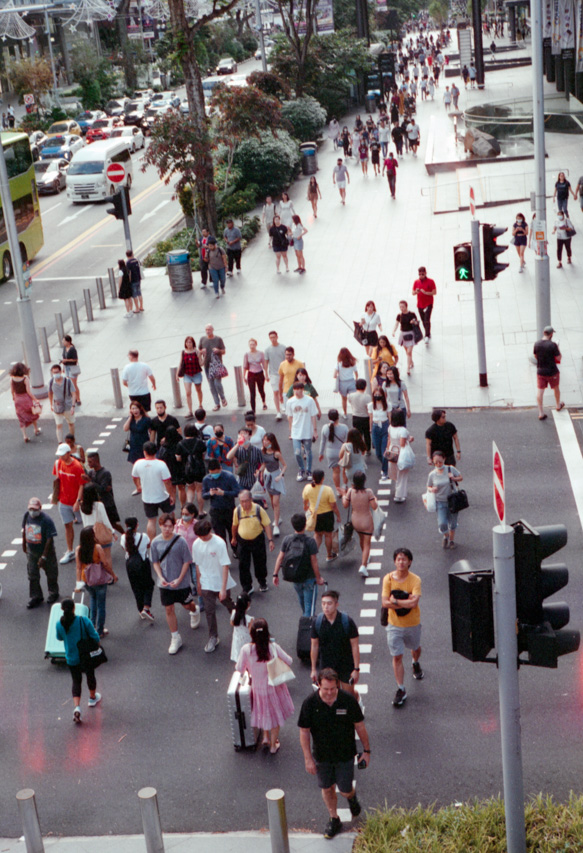
Support for keeping the framework unchanged has risen sharply—from 46.2 percent in 2018 to 58.1 percent in 2024. At the same time, fewer people want it expanded to be more inclusive, with support dropping from 39.4 percent to 32.1 percent.
Four neat little boxes are a considerable oversimplification of the diverse cultures we’re now home to. But why are we holding on so tightly to it? Is it really one of Singapore’s ‘sacred cows’ that can’t be slayed?
The CMIO Status Quo
A scan of the rest of the IPS study titled Faultlines in Singapore reveals a more complete picture.
We’re seeing some progress in racial and religious harmony in Singapore. Greater acceptance of all races in personal relationships, fewer reports of racial discrimination at work, and a greater appreciation for diversity, to name a few heartening statistics from the report.
All that is well and good. But we also seem to prefer sticking to the status quo when it comes to race issues. For example, more Singapore residents indicated that they wanted more government involvement in race issues.
57.5 percent of the respondents in 2024 felt there was enough public discourse on race, while 16.9 percent believed there should be less—a puzzling stance given that ignorance and division still surface time and again.
People are still doing blackface; people think brownface is funny. The chronically-online are starting to use terms like “Type C” and “Type M” to refer to different races. We can’t talk about showering in the morning without descending into stereotypes and name-calling.
If anything, we should really be having more open discussions on race and racism.
It is somewhat promising that younger respondents and those in the ‘Others’ category seem more open to change. Nearly half (46.4 percent) of ‘Others’ support expanding the CMIO framework for inclusivity—compared to fewer than four in ten Chinese, Malay, and Indian respondents. Those aged 18 to 35 were also far more likely to back this than those over 65.
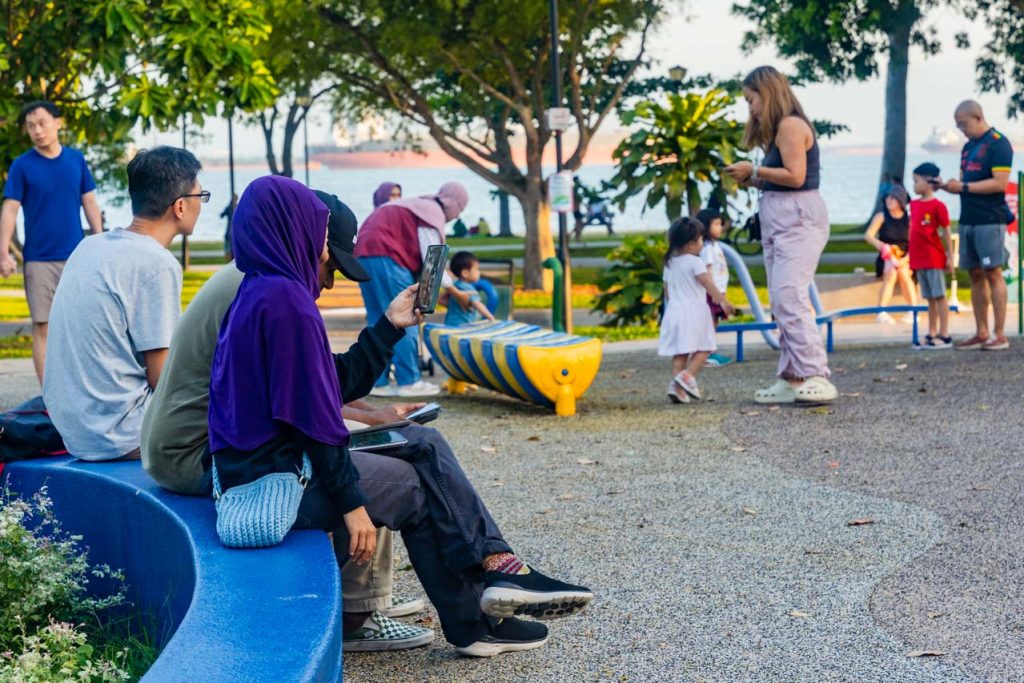
Simply put, most of us resist change, prefer clear-cut rules, and aren’t all that keen on discussing race.
Despite small shifts in attitudes, the IPS study makes one thing clear: there’s still a long way to go. Which brings us back to the CMIO framework—the backbone of so many public policies. Would we be better off looking beyond the checkboxes we’re assigned at birth?
Why Can’t We Let It Go?
The CMIO framework’s roots can be traced back to the first census in the 1800s. Back then, there were more racial and ethnic categories respondents could choose from, such as Hokkien, Bugis, and Javanese. But over time, the categories have been simplified to the ‘big four’: Chinese, Malay, Indian, and Others.
“Rather than valuing differences amongst the population, it has served to homogenise social groups and eliminate the diversity and heterogeneity within them,” Laavanya Kathiravelu, assistant professor in sociology at Nanyang Technological University, posits in her 2017 paper Rethinking race: beyond the CMIO categorisations.
She points to the promotion of Mandarin as the singular language of the Chinese and the closure of dialect radio stations in the ‘80s as evidence of this.
Indeed, our early days as a nation were a different time. Our ancestors stuck closely to their fellow immigrants, and clan and dialect associations were common.
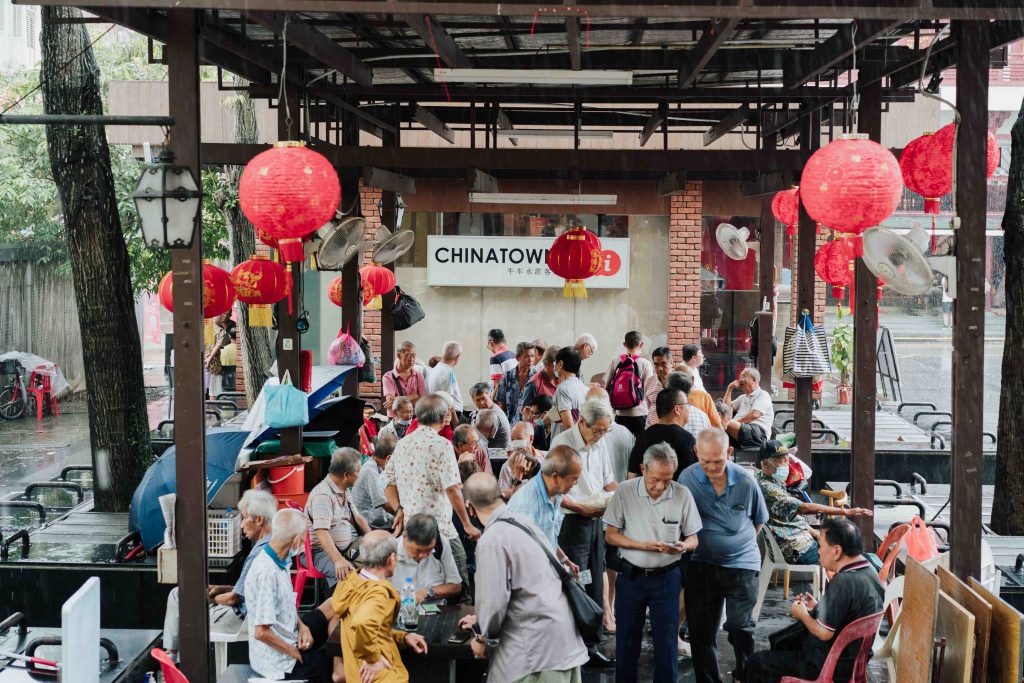
Things are markedly different now. Most of us likely identify as Singaporean first and foremost, rather than wherever our ancestors came from.
However, CMIO and its related policies are still needed today to maintain racial harmony, the government has maintained.
Doing away with it could worsen outcomes, Law and Home Affairs Minister K Shanmugam cautioned in Parliament today. Singaporeans are registered under over 200 different races, he clarified—races that are then classified into C, M, I or O for administrative purposes.
“So the CMIO framework does not prescribe one’s racial identity, but helps us to administer race-based policies and programmes that promote social cohesion, identify those who need help, and safeguard the rights of minorities.”
At the 2022 Singapore Perspectives conference, Cindy Khoo, the deputy secretary at the Prime Minister’s Office Strategy Group, also said the government remains both cautious and fearful about ethnic faultlines in the population and potential societal problems such as the racial riots in Singapore’s history.
Policy responds to what society requires, she says. The EIP, for example, will become less relevant when people naturally choose to live in more diverse neighbourhoods. That has yet to manifest, it seems.
“Today, the fact that there are still a lot of [housing] applications that potentially could be rejected—because they have met the quota—means that there is still a tendency for people to want to congregate in a way that we think doesn’t promote cohesion and a shared lived experience in a neighbourhood.”
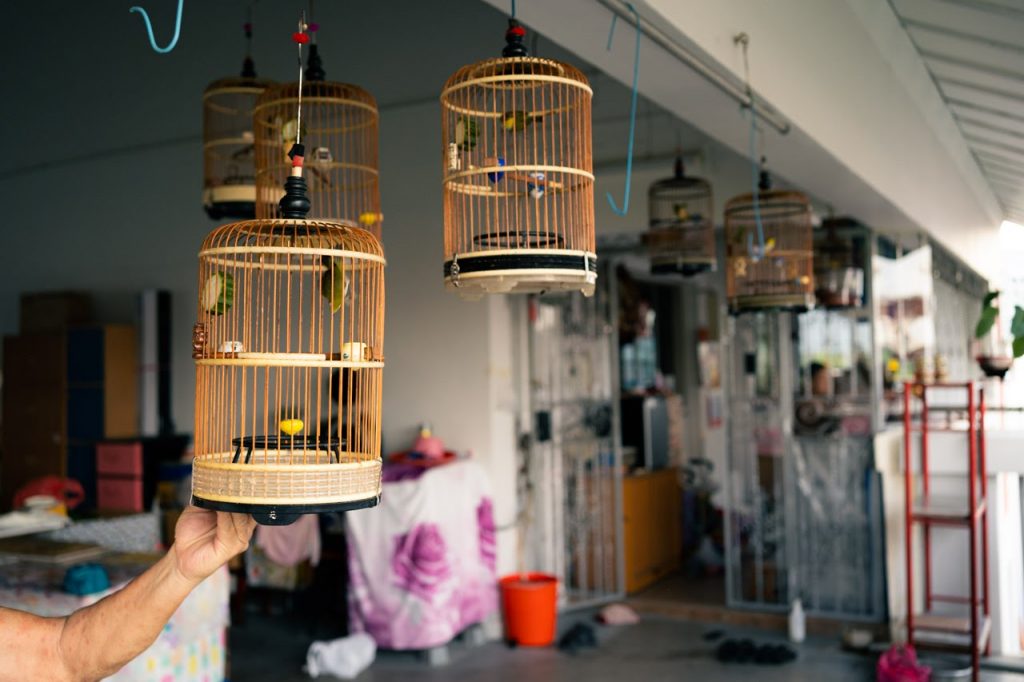
Perhaps another potential challenge of moving away from the CMIO framework is the complexity of rewriting other policies like the group representation constituencies (GRCs) system. Each GRC has to be comprised of at least one minority candidate—based on the CMIO framework—to ensure a diverse representation in Parliament. Could we end up with less minority representation in Parliament if it were not mandated?
These are all valid considerations. In the same way that relationships need work, racial harmony, too, requires a concerted effort from all parties.
In Singapore’s approach to race issues, we’ve always taken the conservative path, using laws to police any content that might come across as inflammatory. In fact, Parliament just passed the Maintenance of Racial Harmony Bill on February 4th, giving the authorities more powers to act against those threatening Singapore’s racial harmony.
Maybe suggesting doing away with CMIO is too big of a change for Singapore residents to fathom. A “post-race” or race-blind Singapore seems far too idealistic right now. The IPS study found that 18.4 percent of Malays and 16.7 percent of Indians reported feeling racially discriminated against in a job application or job promotion. In comparison, only 3.7 percent of Chinese said they had experienced such discrimination.
Across both waves of data collection in 2024 and 2018, 83.8 percent of Singapore residents also expressed that it is important in immigration policy to maintain the racial makeup in the population.
But what does it really mean to maintain a racial makeup when there are more and more interracial folk—as well as more naturalised citizens who only fit under the umbrella of ‘Others’?
The number on the census might remain the same, but the dynamics in real life aren’t. I can’t help wondering if the importance we place on maintaining the racial makeup of the country comes from the Chinese folks scared of losing our majority status.
Faultlines Emerging
The CMIO framework has been a foundational crust of Singapore’s racial pie. But it also has its drawbacks.
Logically, as long as someone is a Singapore citizen, they should have the same access and rights as everyone else. But under the CMIO framework, things like housing access are differentiated based on race. And while the details of our citizenship criteria remain shrouded in mystery, it’s clear that race is a consideration when it comes to granting citizenship.
The CMIO model has also instituted what sociologists have termed racialisation, Kathiravelu writes. This means certain races are associated with certain stereotypes.
“In this case, the less privileged socio-economic position of many Malay Singaporeans is equated with their ‘race’. Lower levels of formal educational and economic achievement are then articulated as a problem of ‘race’, rather than one faced by lower-income students and workers (where Malays are overrepresented).”
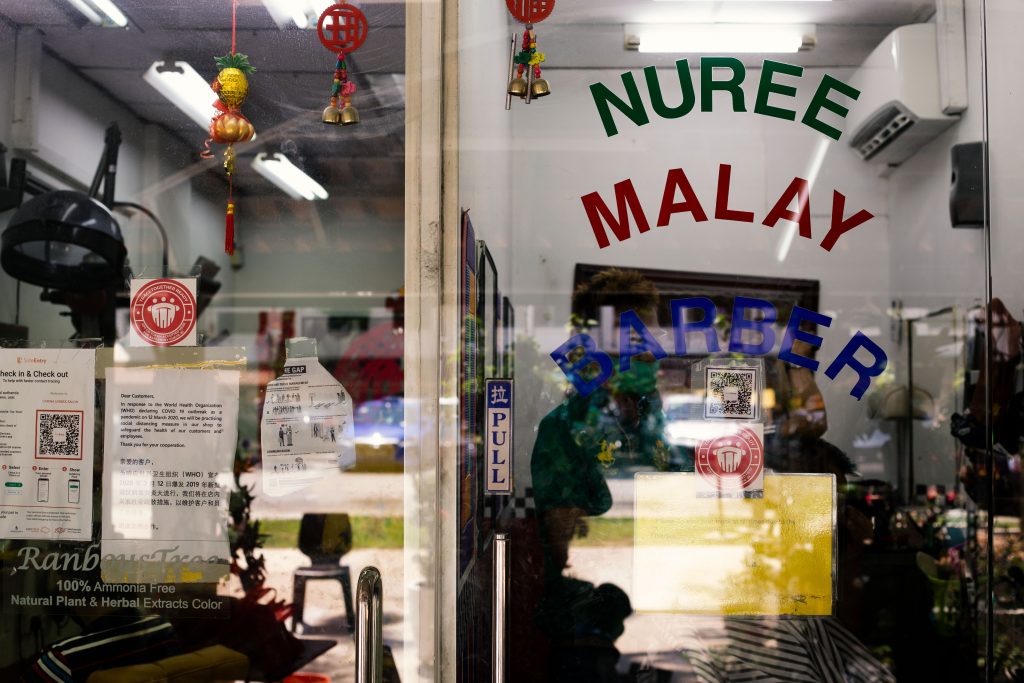
Relying on the CMIO framework and immigration policy to preserve Singapore’s racial composition rests on the assumption that selecting new citizens who share local languages, cultural norms, and physical traits will ease integration. But Singaporean citizens are less convinced.
At the same time, new divisions are emerging—most notably, the societal rift between local-born Singaporeans and naturalised citizens.
Beyond race, economic stratification is becoming a deeper fault line, with growing resentment from the working class toward the wealthy. It’s a divide we can no longer ignore.
Moving Away From KPI
It’s very Singaporean of us to point to statistics and KPIs and pat ourselves on the back for doing a good job.
Sure, ensuring a mix of races living in a housing estate looks good on paper. So does maintaining a consistent racial makeup. But can we have honest, nuanced conversations about race without tiptoeing around OB markers? Are minorities able to speak up about intolerance without being questioned and silenced?
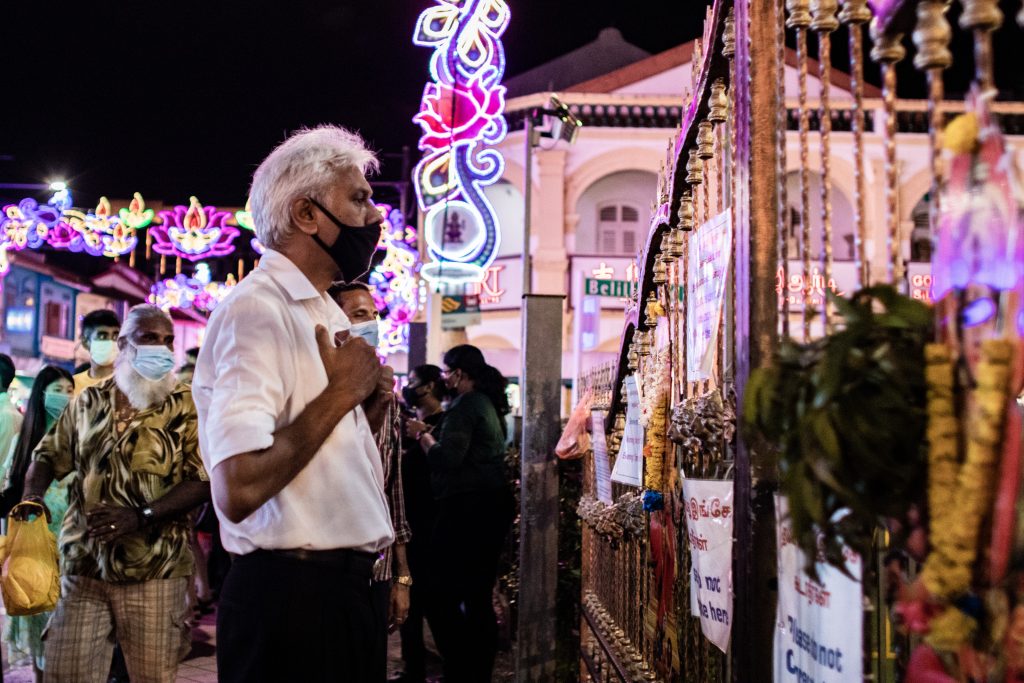
Imagining a future beyond CMIO isn’t about erasing race. And we certainly aren’t suggesting that the government stop collecting race-related data like France. Rather, it’s about recognising that we are Singaporeans first. It’s about understanding that identity isn’t confined to the letters C, M, I, or O.
The IPS study acknowledges this growing belief. Younger Singaporeans, in particular, have raised concerns about how these policies risk reinforcing rigid identity markers and deepening stereotypes.
“Moving forward, it will be crucial to continually assess the relevance of these policies and explore alternative ways to achieve racial harmony without inadvertently entrenching social divisions,” the study concludes.
As we move forward, we have to ask: Are these frameworks still holding us together, or are we forcing ourselves into boxes that no longer fit?
If racial harmony is the goal, perhaps the real question isn’t whether we can move beyond CMIO—but how we evolve it into something that reflects Singapore today, rather than the Singapore it was created for.
